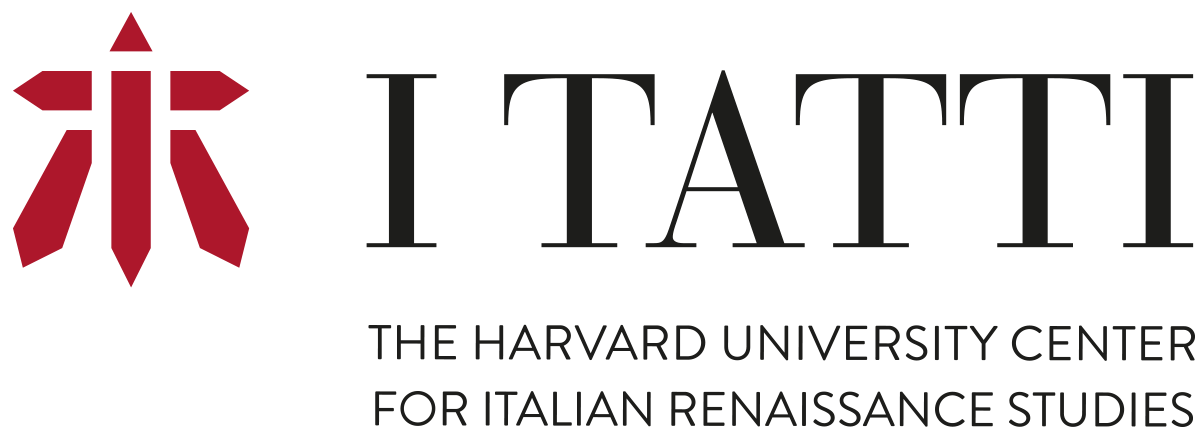Francesca Fiorani
Africa ca. 1500: Representations and Material Culture
2025-2026 (April - June)

Biography
Francesca Fiorani is Commonwealth Professor of Art History and President of the Society of Fellows at the University of Virginia, where she served also as Associate Dean for the Arts and Humanities and Department Chair. A Guggenheim fellow, she writes on cartography, scientific images, optics, and Leonardo da Vinci. Her last book The Shadow Drawing: How Science Taught Leonardo da Vinci How to Paint (2020; pb 2022) was reviewed widely, including in the Wall Street Journal and the New York Times. She is also the author of The Marvel of Maps: Art, Cartography, and Politics in Renaissance Italy (2005; e-book 2022) and of Leonardo da Vinci and His Treatise on Painting (2012). Her current research focuses on world travel around the year 1500.
Project Summary
The Cantino Map is a spectacular, hand-drawn parchment nautical chart of the world made in Lisbon around the year 1500, currently kept in the Biblioteca Universitaria Estense, Modena. Although it served the practical purpose of visualizing global trade across the Mediterranean, along the coasts of west and east Africa, in the basin of the Indian Ocean, and across the Atlantic, it was also informed by a notion of geography that included the verbal and visual description of places and of whatever those place contained-- people, artifacts, animals, plants, and material resources. The map keeps thus-far neglected traces of European encounters with various groups along the coasts of Africa and with sailors from the Indian Ocean well before the Portuguese sailed in those waters. Moving beyond traditional approaches that value nautical charts for the geographical knowledge they convey, or the power structure they represent, or even their intrinsic monetary value, a fresh cultural study of this Portuguese chart foregrounds the knowledge of environments, landscapes, people, materials, resources, sailing routes, navigational instruments, and artifacts gathered from the people who, long before the Portuguese met them, had traded along the coasts of Africa, in the Indian Ocean, in sub-Saharan Africa, and central Asia.
